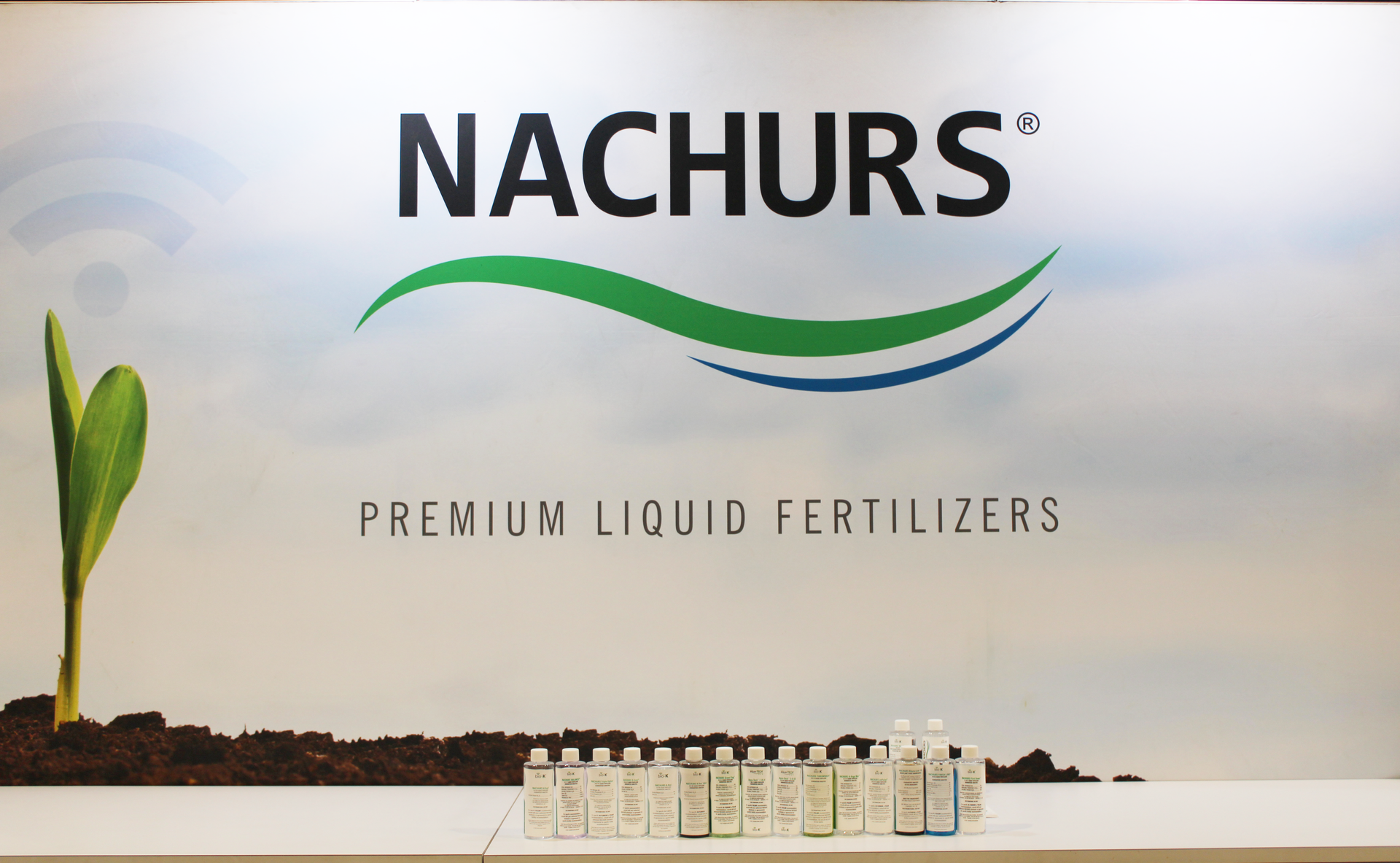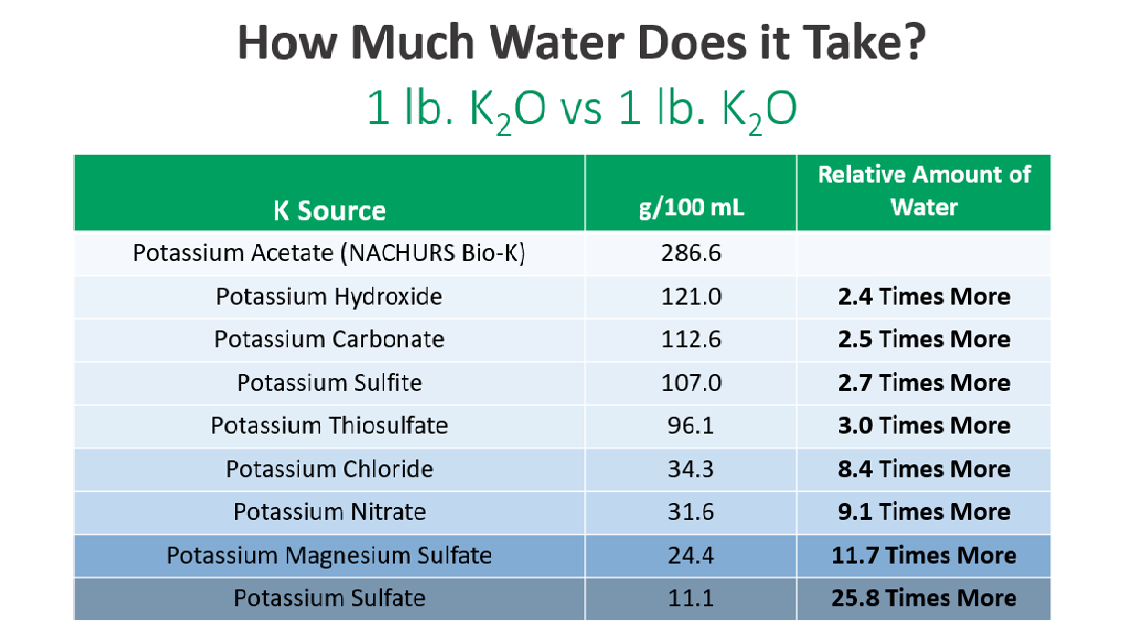AgroInsights- It's Basic Chemistry
Everything is made up of chemicals.

Jill Herold, Sales Agronomist US West
I find it ironic when an influencer or anyone on social media touts about “it’s a chemical and they are all bad” …everything is made up of chemicals. The only thing that changed is their own definition and perception of the word “chemical”. Dihydrogen monoxide is a chemical, we all know it as water, the reason for all living things on this planet. When it comes to more complex molecules, such as sugars or salts, do we really understand the processes and purpose of what these molecules or chemicals really do and how they interact in our environment? Or how about what makes a molecule or chemical “salty” or more plant available?
It can be boiled down to basic chemistry. Salts are ionic compounds made of 2 groups of oppositely charges ions (anions and cations), for example NaCl (sodium chloride), also known as table salt. The difference between salts are the bonds and charges that bind them and how they react when put into a water solution. Again, dihydrogen monoxide is the key. There is a balance, as in most things in nature, as to how much water is needed to live/die or how much water is needed for chemical reactions. Sometimes, too much of a chemical without enough water will result in precipitation, or in the world of fertilizers, products can “salt” out. This can not only happen in our fertilizer tanks, but it can also happen in the soil too.
Approximately 70% of the planet is water, yet only 3% of that is fresh water and whether we like it, agriculture uses a lot of that fresh water. Do we consider our water use when considering our fertilizer choices? As an example, let’s look at potassium fertilizer sources:

This chart shows how much water is needed to get these salts to dissolve into solution without precipitating out. When we think about cost savings, hauling water typically isn’t top of mind. We’ve seen growers be able to increase their productivity by switching their fertilizer program to NACHURS Bio-K® products not only by using less water, but also by increasing plant use efficiency. You can put more money in your pocket and at the same time you’ll be more regenerative and environmentally sustainable. Look for more information on the NACHURS website or blogs about salts and the impact they can have on your crops.
For more information contact your local NACHURS sales manager or sales agronomist.












